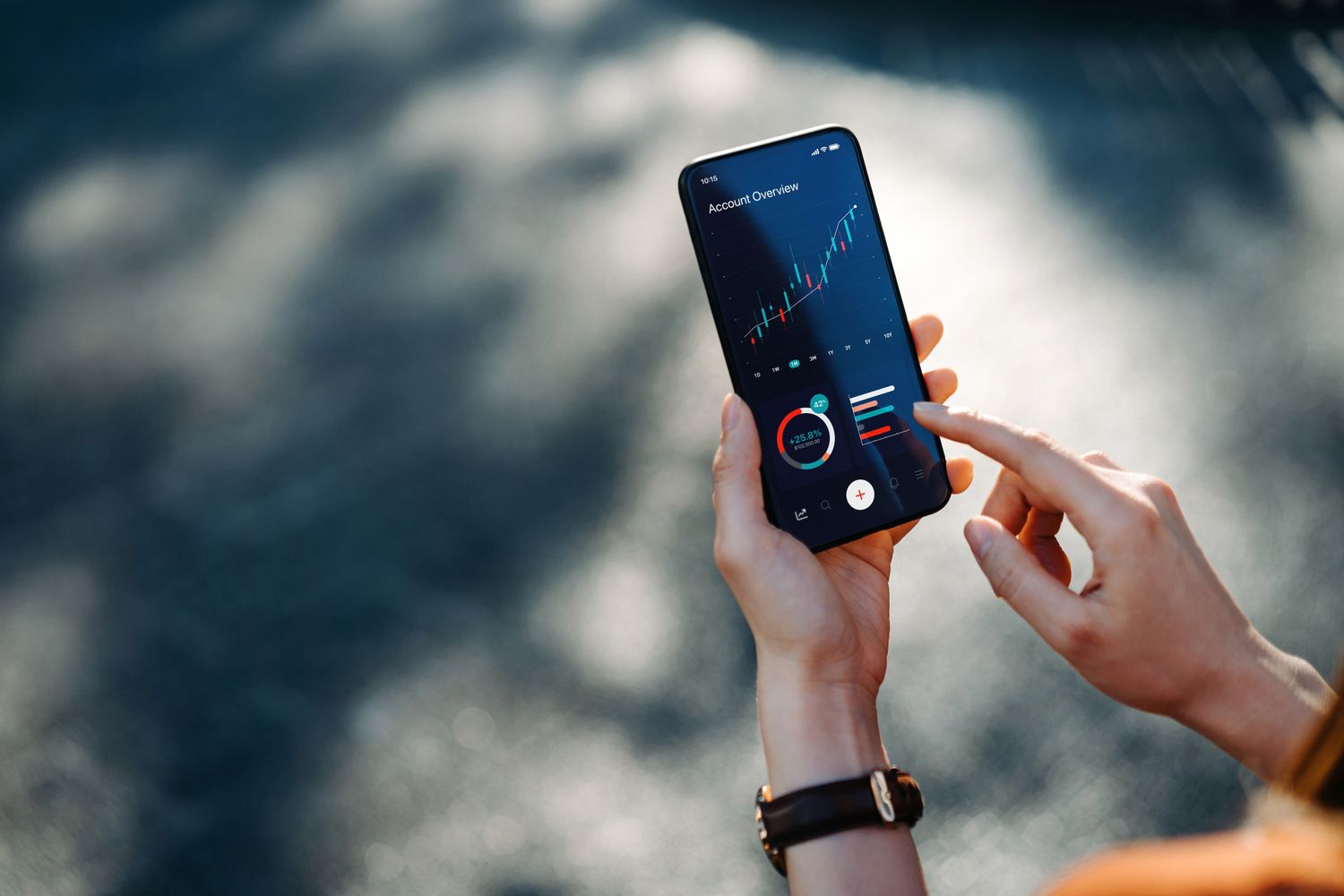Why has the FX market become quiescent?
The FX market has become quiescent after a rush of volatility in the spring around the time of President Trump’s tariff bombshell. That’s good news for currencies, particularly emerging markets as FX volatility has fallen to some of the lowest levels ever seen.

The last triennial FX survey from the BIS in 2022 showed that around USD4.5tr of the USD7.5tr per day FX market turnover occurred via electronic means as opposed to voice transactions.
To many, the stability of the FX market is in stark contrast to the extremely noisy global economic and political backdrop. While a number of fundamental reasons have been put forward for this disconnect, we can’t help but feel that more structural technological factors also have a role to play. By this we mean the enormous rise in the proportion of FX trading that is conducted along automated and algorithmic lines.
The last triennial FX survey from the BIS in 2022 showed that around USD4.5tr of the USD7.5tr per day FX market turnover occurred via electronic means as opposed to voice transactions. The 2025 survey, which is just in the process of being released, will show that the proportion of electronic trading has grown and, while we don’t have the numbers, we don’t doubt that the proportion of trading switched over to electronic means, backed by automated and algorithmic systems has risen dramatically since the FX market came into being.
Why does this matter when it comes to the low volatility we are seeing right now? Steven Barrow, Head of Standard Bank G10 Strategy, said that the increased use of automated/algorithmic trading means that there is less panic in the market when significant events occur, such as the release of data and policy decisions. If we go back to the 1980s and 1990s it would be very common for currencies such as dollar/yen to immediately jump, or plunge by many big figures (yen) in response to a piece of news, such as the release of US trade data.
These massive moves occurred as bid/offer spreads widened dramatically with dealers proving very defensive in their post-data pricing. With currencies becoming very volatile around such ‘news’ it was inevitable that other traders and investors were ‘sucked into’ making trades even if they were not trying to trade the data release itself.
For instance, an immediate four or five yen fall in dollar/yen following the release of bad US trade data could suck in other traders as they either hit their stops or perhaps initiated new trades on account of the momentum in the market. The upshot of this was that important data and other news could create substantial and long-lasting directional trends in currencies.
However, compare that to today, where automated/algorithmic involvement means that spreads quickly collapse to pre-release levels and so stop traders and investors from being sucked into currency trades. The result is much lower volatility. Of course, some events are so huge that they still produce a degree of market panic and some notable and long-lasting currency direction. The last one of these seemed to be President Trump’s tariff announcement back in April and, before that, it was the February 2022 invasion of Ukraine by Russia.
In short, it seems that the FX market has become characterised by long periods of very limited movement punctured by bouts of volatility when very big events occur. If this is an accurate description of today’s FX market then there are a number of implications. One is that currency-focussed traders and investors may find that there is limited room for profitable trading, bar the inevitable short-volatility trade. Another is that such stability may play into the hands of more volatile currencies, such as those in emerging markets.
“For if one risk to EM currency outperformance is sustained and high volatility in major currencies, particularly the US dollar, then the stability in DM currencies that seems to be generated by increased automated/algorithmic trading may allow EM currencies to prosper, and perhaps especially if this stability keeps the US dollar under wraps as it has done this year”, said Steven Barrow.
In short, it is not a coincidence that EM FX volatility is some of the lowest we have seen right now. Of course, the paucity of EM volatility may come to a crushing end but, if we are right, that will only happen if there’s another big shock, and these come along rather infrequently.








